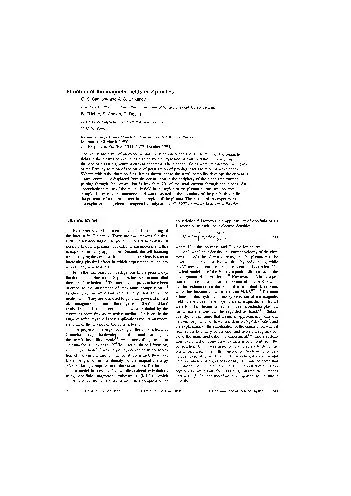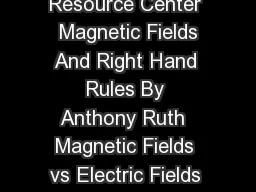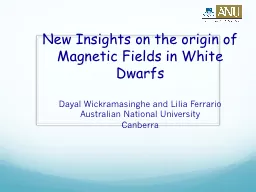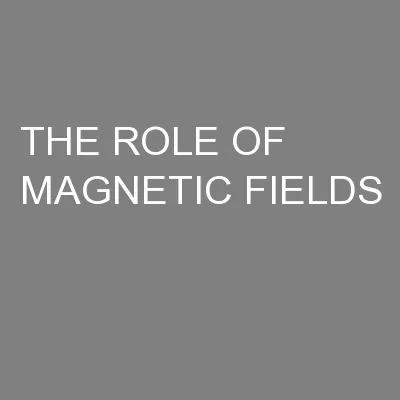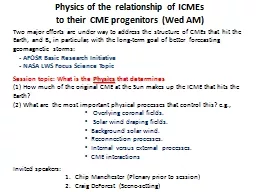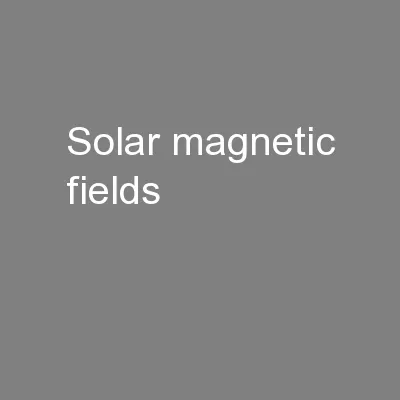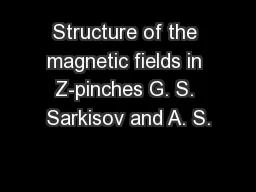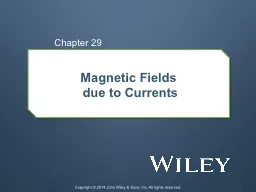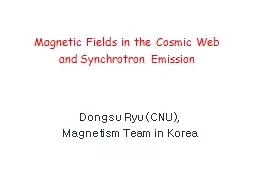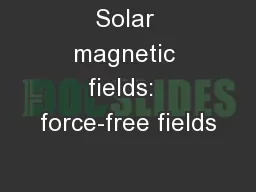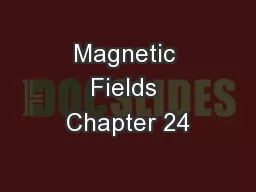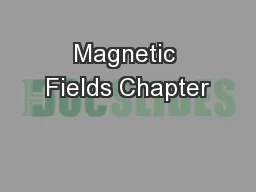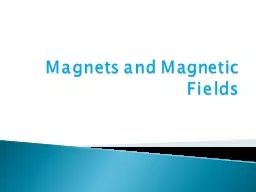PDF-Structure of the magnetic fields in Z-pinches G. S. Sarkisov and A. S.
Author : lindy-dunigan | Published Date : 2015-09-24
P N Lebedev Physics Institute Acadenry LPMI Ecole Polytechnique 91128 Palaiseau France V V Yankov Russian Scientific Center Kurchatov 123182 Moscow March 1995 ks
Presentation Embed Code
Download Presentation
Download Presentation The PPT/PDF document "Structure of the magnetic fields in Z-pi..." is the property of its rightful owner. Permission is granted to download and print the materials on this website for personal, non-commercial use only, and to display it on your personal computer provided you do not modify the materials and that you retain all copyright notices contained in the materials. By downloading content from our website, you accept the terms of this agreement.
Structure of the magnetic fields in Z-pinches G. S. Sarkisov and A. S.: Transcript
Download Rules Of Document
"Structure of the magnetic fields in Z-pinches G. S. Sarkisov and A. S."The content belongs to its owner. You may download and print it for personal use, without modification, and keep all copyright notices. By downloading, you agree to these terms.
Related Documents

